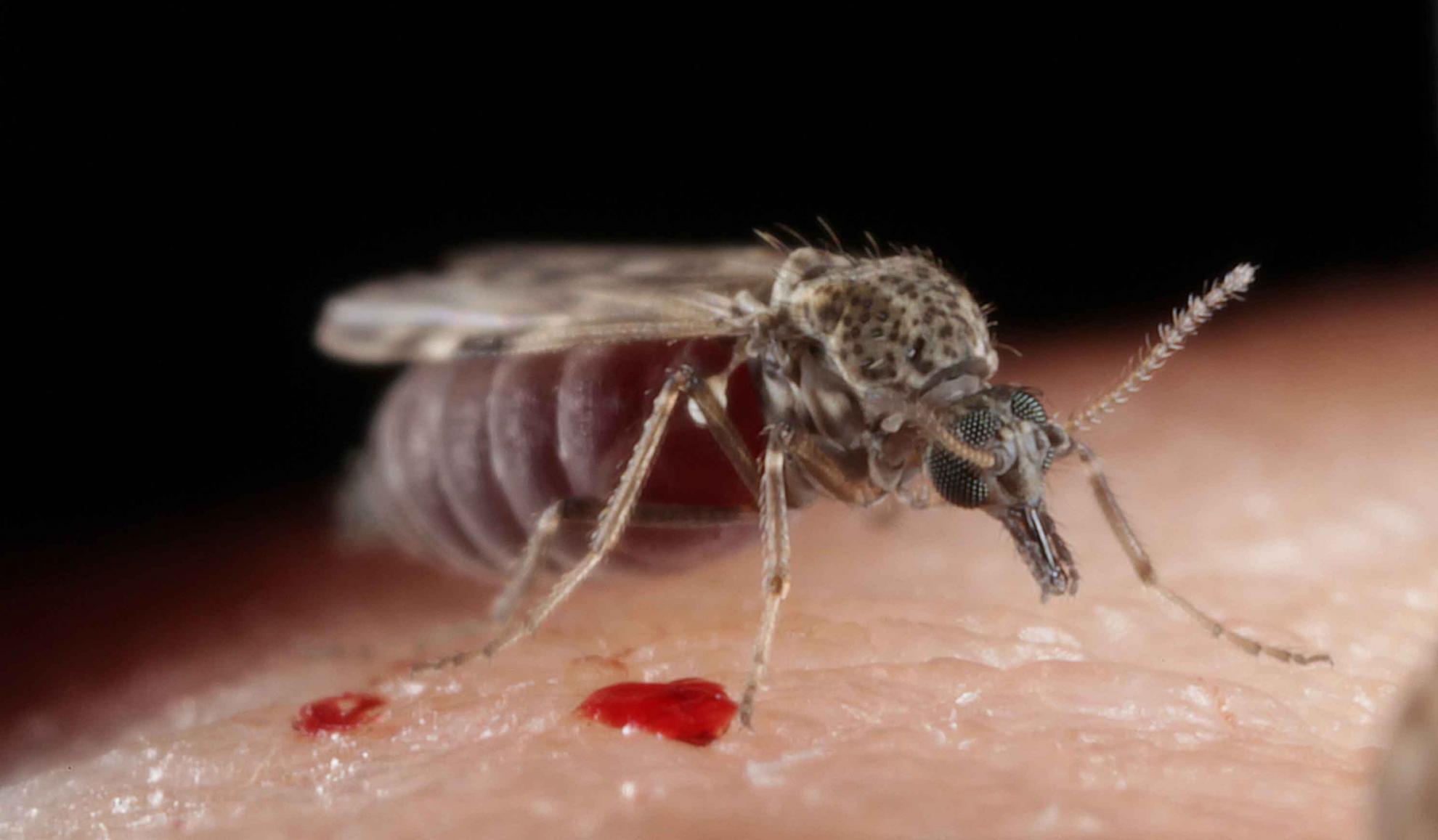Bluetongue, Schmallenberg virus ... African horse sickness?
Following the incursions into the UK of bluetongue virus (BTV) in 2007 and Schmallenberg virus (SBV) in 2011, an increasingly pertinent question for those tasked with predicting and responding to outbreaks of livestock arboviruses in the UK is, what is next? Culicoides, the biting midges that transmit BTV and SBV, also act as vectors for over 50 described arboviruses worldwide, although we currently know very little about the vast majority of these, even in the countries in which they were originally identified. In addition, it is likely there are a large number of previously unidentified Culicoides-borne arboviruses that have the potential to arrive in northern Europe with little warning (as in the case of SBV). While unidentified viruses pose serious challenges for the prediction of epidemiology and pathogenicity (Carpenter and others 2013), perhaps the greatest concern in Europe currently surrounds the potential for the emergence of a well-known Culicoides-borne arbovirus, African horse sickness virus (AHSV).
Back to publications


